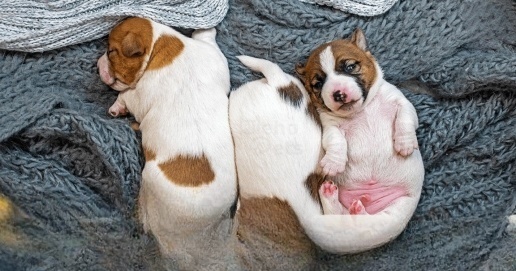According to the regulations of the Animal Protection Office, pet owners are responsible for having their dogs and cats neutered or submitting an exemption application. The appropriate age for neutering pets varies by gender. Generally, female cats and dogs should undergo the procedure after their first estrus, around 6 to 8 months of age, while male cats and dogs are recommended to be neutered once their reproductive organs are fully developed. It is best for dogs and cats to complete their vaccinations before scheduling spaying or neutering surgery. (Photo/Heho Health)
It is best for dogs and cats to complete their vaccinations before scheduling spaying or neutering surgery. (Photo/Heho Health)
Neutering effectively reduces the risk of various diseases in cats and dogs, such as mammary tumors, pyometra, and testicular tumors, and minimizes unnecessary estrus behaviors. Many owners are concerned about anesthesia risks, so it is advised to conduct a basic health check and blood tests before surgery to ensure the pet’s health is in optimal condition.
Before the surgery, pet owners must follow fasting rules to prevent complications during the procedure. After the surgery, owners should closely monitor the wound to prevent infection and use an Elizabethan collar or recovery suit to avoid pets licking the wound, which may impede healing. Spaying and neutering cats and dogs can reduce the risk of illnesses in pets. (Photo/Heho Health)
Spaying and neutering cats and dogs can reduce the risk of illnesses in pets. (Photo/Heho Health)
Spaying and neutering not only improve pets’ health but also help prevent overpopulation, making it an essential measure for the welfare of both pets and society.
This article is authorized by Heho Pets.







